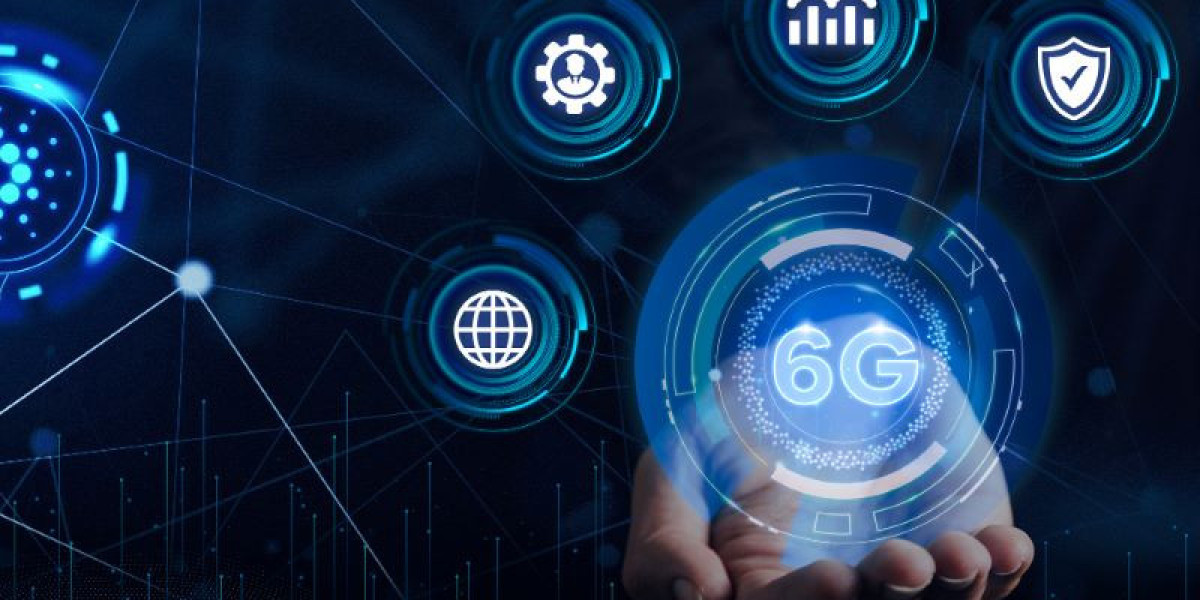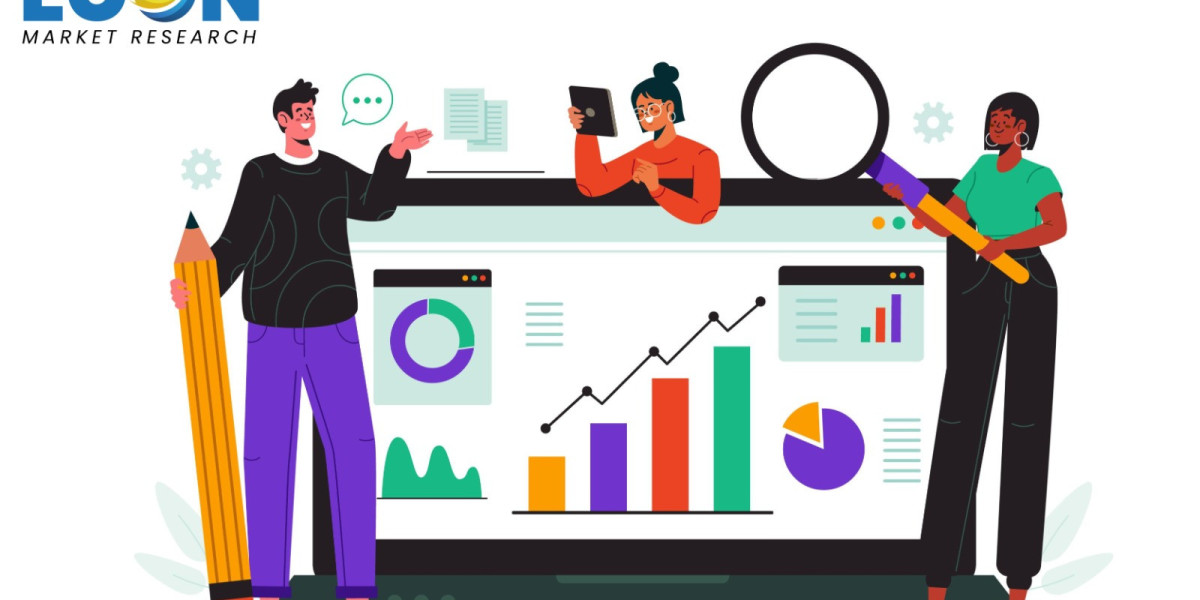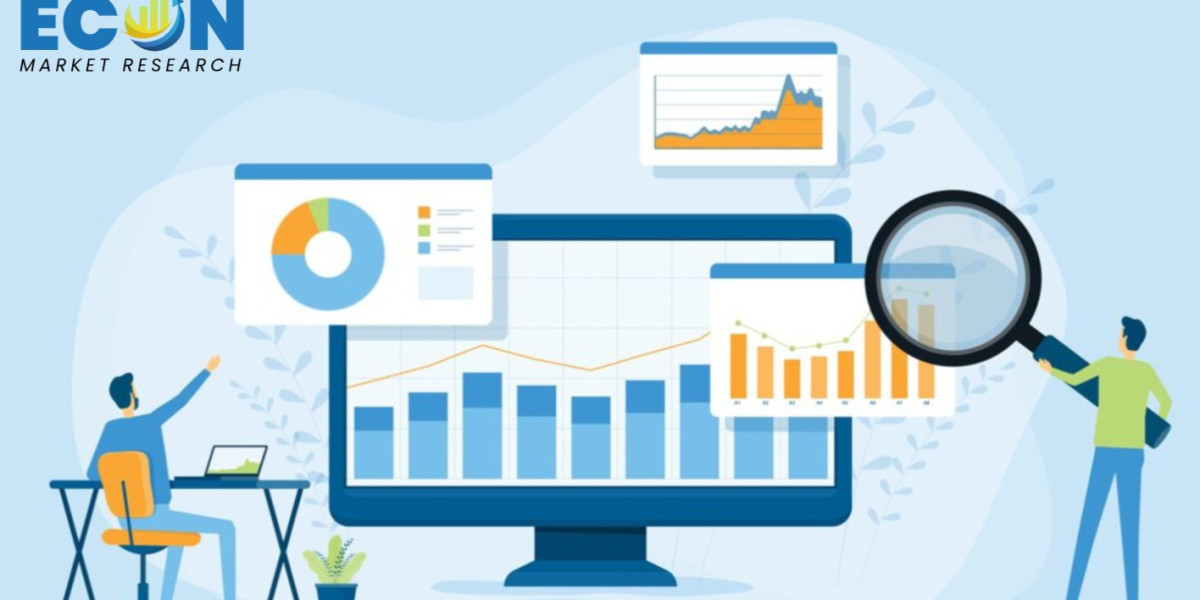Introduction:
In the ever-evolving landscape of technology, the Internet of Things (IoT) has emerged as a transformative force, connecting devices and enabling data-driven decision-making across industries. At the heart of this revolution lie IoT software development services, driving innovation and facilitating seamless integration of smart devices. As businesses harness the power of IoT to optimize operations and enhance customer experiences, staying abreast of emerging trends in IoT software development services becomes imperative. This comprehensive guide delves into the latest advancements shaping the realm of IoT software development, with a focus on key trends and their implications.
Edge Computing and IoT Integration:
- As IoT networks expand, the demand for real-time data processing and reduced latency has surged. Edge computing, which involves processing data closer to the source, is gaining traction in IoT software development services.
- By deploying edge computing capabilities, IoT devices can perform computation and data analysis locally, minimizing the need for constant communication with centralized servers.
- This trend not only enhances the efficiency and responsiveness of IoT systems but also addresses concerns regarding privacy and security by reducing data exposure to external networks.
AI and Machine Learning in IoT Software Development:
- The synergy between artificial intelligence (AI) and IoT is reshaping software development paradigms, enabling predictive analytics, and proactive maintenance.
- IoT software development services are increasingly integrating AI and machine learning algorithms to extract actionable insights from vast datasets generated by interconnected devices.
- Predictive maintenance, anomaly detection, and intelligent automation are some applications where AI-driven IoT solutions are delivering tangible business benefits, optimizing resource utilization and minimizing downtime.
Blockchain for IoT Security and Data Integrity:
- Security remains a paramount concern in IoT deployments, given the proliferation of connected devices and the potential vulnerabilities they introduce.
- Blockchain technology is emerging as a promising solution to enhance security and ensure data integrity in IoT ecosystems.
- By leveraging blockchain, IoT software development services can create tamper-proof, decentralized ledgers that record transactions and interactions between devices, mitigating the risk of data breaches and unauthorized access.
- Additionally, blockchain-enabled smart contracts facilitate secure peer-to-peer transactions and automate trust-based processes, fostering transparency and accountability in IoT networks.
Interoperability and Standardization Initiatives:
- The interoperability of diverse IoT devices and platforms remains a significant challenge, hindering seamless integration and collaboration.
- IoT software development services are aligning with standardization initiatives and protocols such as MQTT, CoAP, and OPC UA to address interoperability concerns.
- By adhering to industry standards, developers can ensure compatibility and interoperability across heterogeneous IoT environments, enabling plug-and-play functionality and ecosystem scalability.
Edge AI and Distributed Machine Learning:
- Edge AI, which involves running AI algorithms directly on IoT devices or edge gateways, is poised to revolutionize real-time decision-making and inference at the network edge.
- IoT software development services are exploring edge AI frameworks and techniques to deploy lightweight machine learning models optimized for resource-constrained IoT devices.
- Distributed machine learning approaches, such as federated learning, enable collaborative model training across distributed IoT endpoints while preserving data privacy and security.
- Edge AI empowers IoT systems to perform local inference and act autonomously without relying on centralized cloud resources, unlocking new possibilities for edge intelligence and autonomous IoT applications.
5G Connectivity and Low-Latency IoT Applications:
- The rollout of 5G networks promises to accelerate the adoption of high-bandwidth, low-latency IoT applications across various industries.
- IoT software development services are leveraging 5G connectivity to enable real-time communication and immersive experiences in sectors such as healthcare, manufacturing, and smart cities.
- Ultra-reliable low-latency communication (URLLC) capabilities offered by 5G networks facilitate mission-critical IoT applications that demand instantaneous responsiveness and minimal latency.
- Edge computing coupled with 5G connectivity enables distributed processing and edge intelligence, paving the way for transformative IoT solutions such as autonomous vehicles and remote healthcare monitoring.
Cybersecurity by Design Approach:
- With the proliferation of IoT devices and the increasing frequency of cyber threats, cybersecurity has emerged as a top priority for IoT software development services.
- A cybersecurity by design approach involves integrating security features and protocols into every stage of the IoT software development lifecycle.
- From secure bootstrapping and device authentication to data encryption and over-the-air (OTA) updates, incorporating robust security measures ensures the integrity and confidentiality of IoT systems.
- Continuous monitoring, threat intelligence integration, and vulnerability management are essential components of a proactive cybersecurity strategy for IoT deployments.
Sustainability and Energy-Efficient IoT Solutions:
- As the environmental impact of technology comes under scrutiny, there is a growing emphasis on developing sustainable and energy-efficient IoT solutions.
- IoT software development services are optimizing algorithms and protocols to minimize energy consumption and extend the battery life of IoT devices.
- Energy harvesting techniques, such as solar power and kinetic energy harvesting, are being integrated into IoT designs to enable self-powered and environmentally friendly devices.
- By prioritizing sustainability and energy efficiency, IoT developers can reduce carbon footprints and contribute to building a more environmentally conscious IoT ecosystem.
Conclusion:
The realm of IoT software development services is witnessing a paradigm shift fueled by technological advancements and evolving market demands. From edge computing and AI integration to blockchain-enabled security and 5G connectivity, emerging trends are reshaping the landscape of IoT solutions. By embracing these trends and leveraging innovative technologies, businesses can unlock new opportunities for efficiency, agility, and differentiation in an increasingly connected world. As the IoT ecosystem continues to evolve, staying informed and adaptable is essential for driving sustainable growth and maintaining a competitive edge in the digital age.



